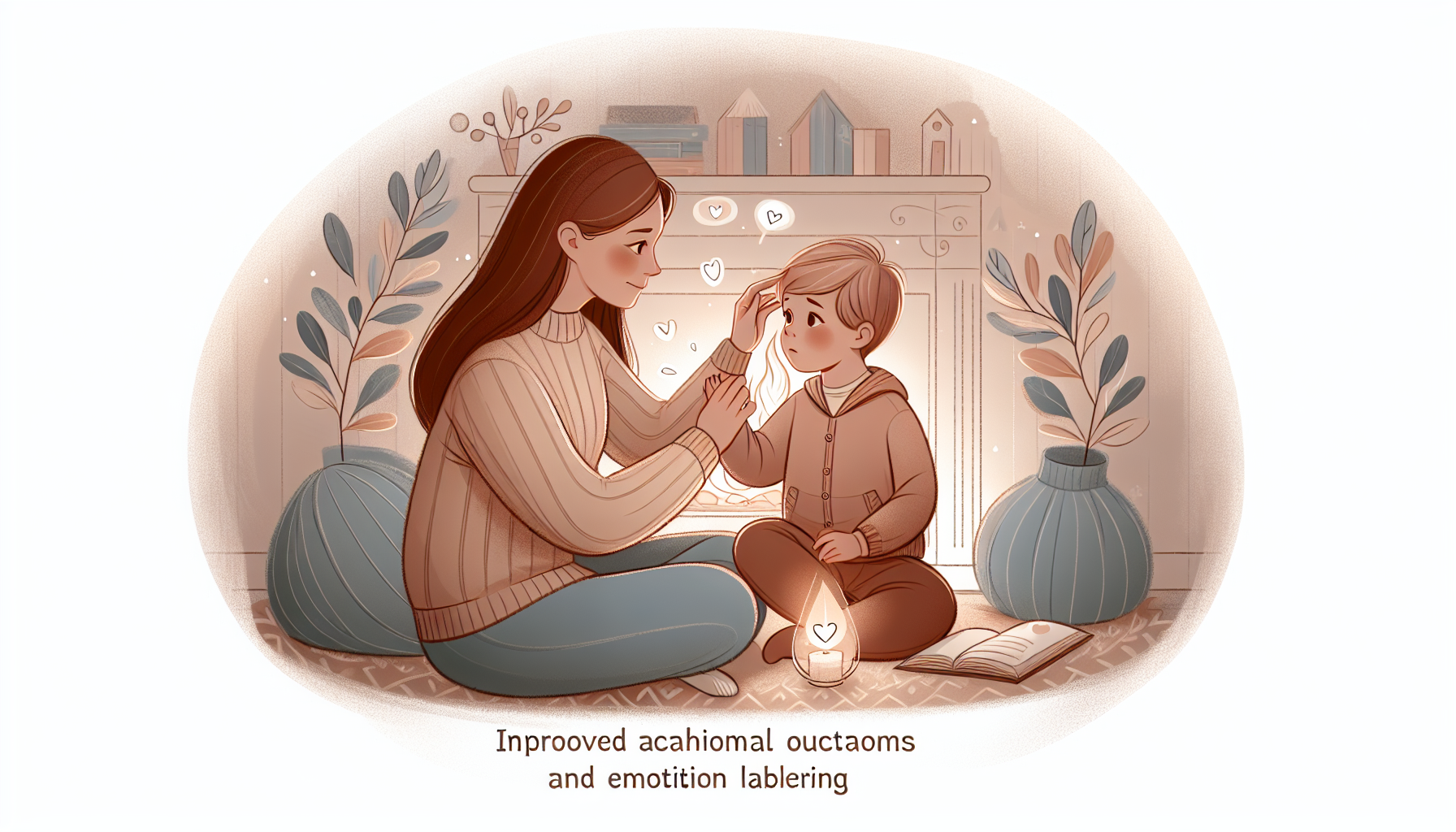Helping Children Express Their Emotions: A Guide for Parents
Understanding and nurturing the emotional development of your child is a crucial aspect of parenting. It’s not just about teaching them to identify happiness or sadness, but also about providing them with the tools to navigate complex emotional landscapes. Helping your child express emotions can significantly contribute to their mental health and overall well-being.
Main Points
The ability to express emotions is a fundamental part of emotional development. Children who learn to express their feelings are more likely to develop resilience and empathy. According to research, emotional intelligence in children is linked to better academic performance and healthier social interactions.
One of the key psychological needs is the need for safety. Children must feel safe to express their emotions without fear of judgment or punishment. This aligns with principles of cognitive-behavioral therapy (CBT), which encourages open communication and validation of feelings. Providing a safe environment allows children to explore their emotions and develop a sense of autonomy.
Moreover, self-expression is another critical psychological need. Encouraging children to express their emotions freely can help them build confidence in their identity and opinions. By addressing these needs, parents can guide their children toward emotional maturity.
Practical Recommendations
- Active Listening: Make sure to give your child undivided attention when they are expressing themselves. This shows that you value their feelings and opinions.
- Emotion Labeling: Help your child identify their emotions by labeling them. For example, “I see you’re feeling upset because your toy broke.”
- Model Emotional Expression: Demonstrate how to express emotions in a healthy way. Share your feelings with your child to normalize emotional expression.
- Encourage Problem-Solving: Once an emotion is expressed, guide your child in finding solutions or coping mechanisms, fostering a sense of autonomy.
- Create a Safe Space: Ensure your child feels safe to express any emotion without fear of negative consequences. This might involve setting aside a specific time and place for open conversations.
Conclusion
Helping children express their emotions is vital for their emotional development and overall well-being. By prioritizing their psychological needs such as safety, autonomy, and self-expression, parents can foster a supportive environment that nurtures these skills. Implementing practical parenting tips, such as active listening and emotion labeling, can significantly enhance your child’s ability to communicate effectively. Ultimately, understanding and supporting your child’s emotional journey will lead to a healthier and more connected family dynamic.
For more information on how to support your child’s emotional development, visit the Child Mind website for additional resources and expert advice.

